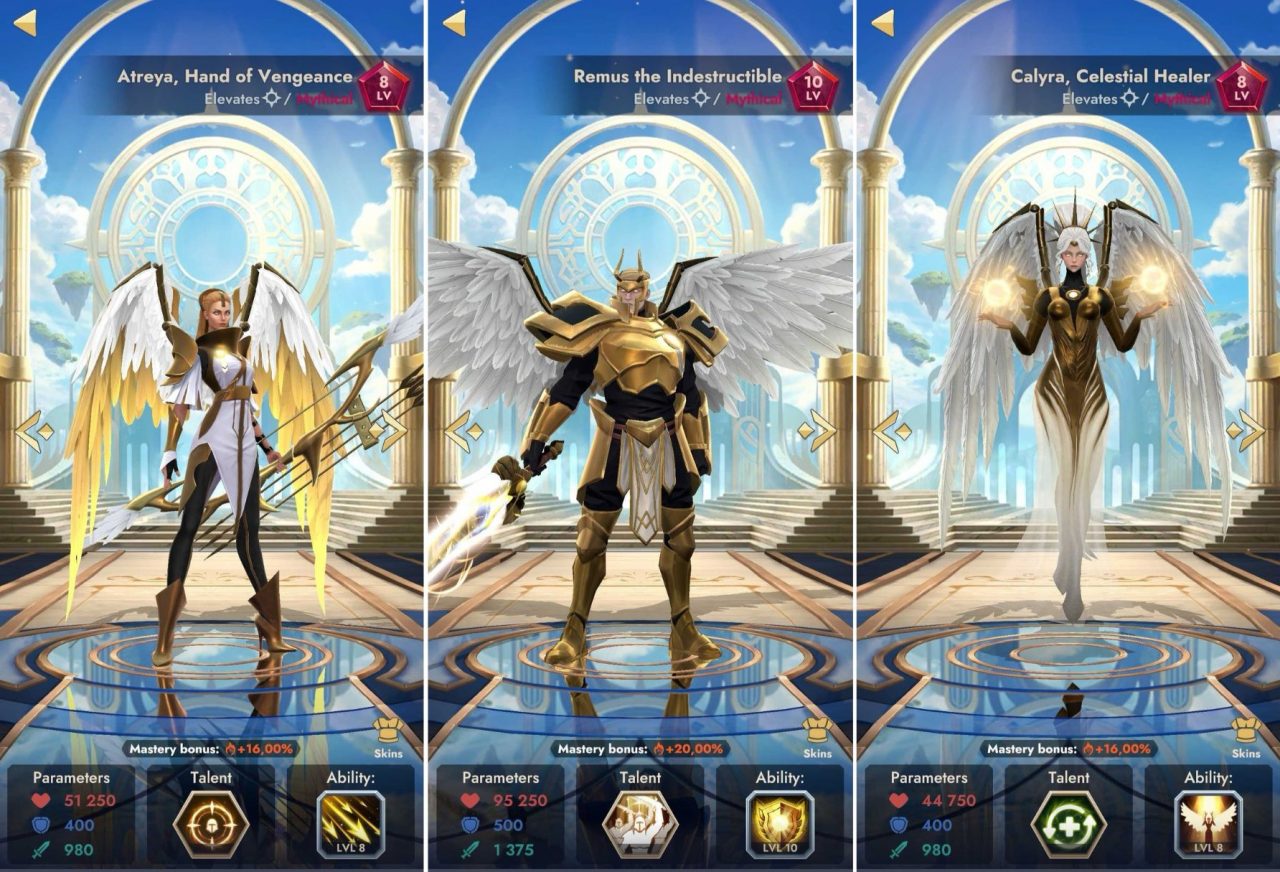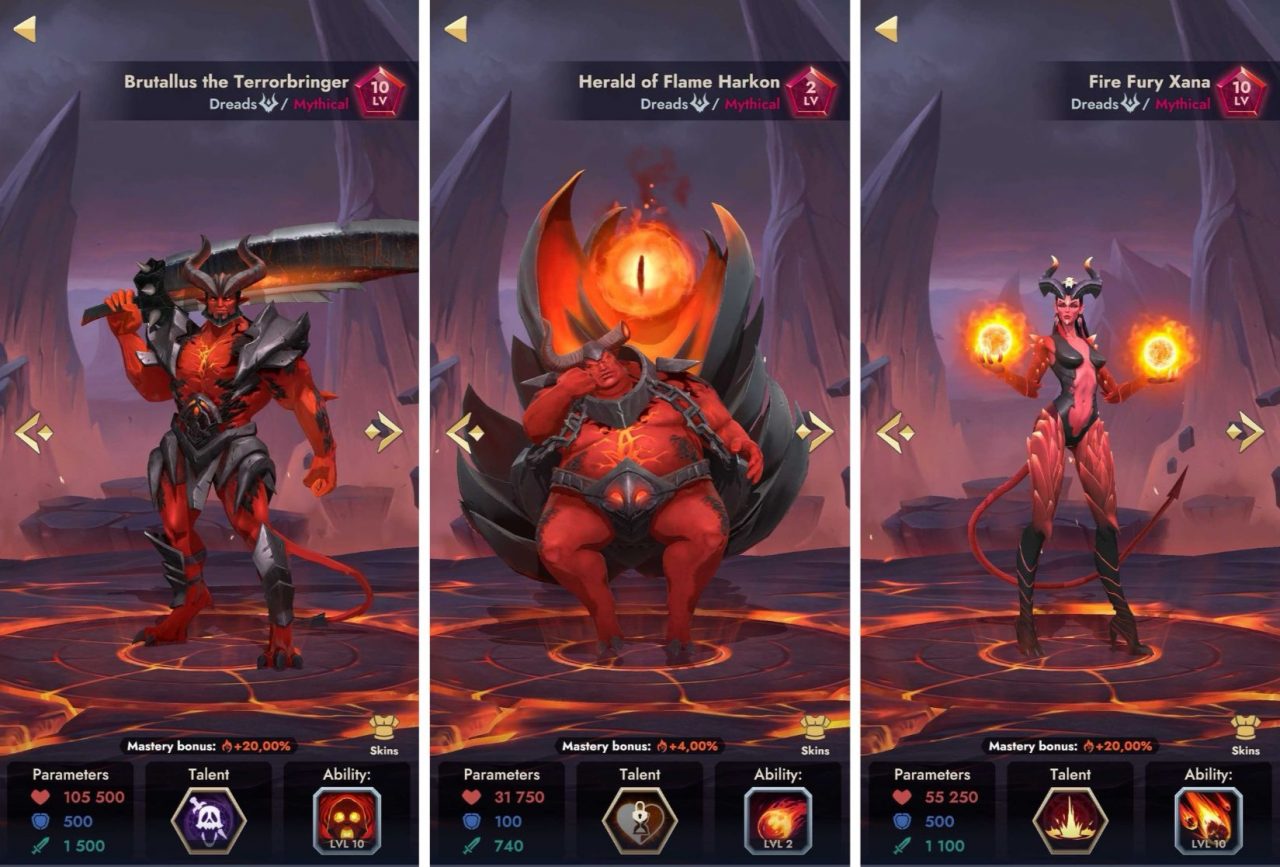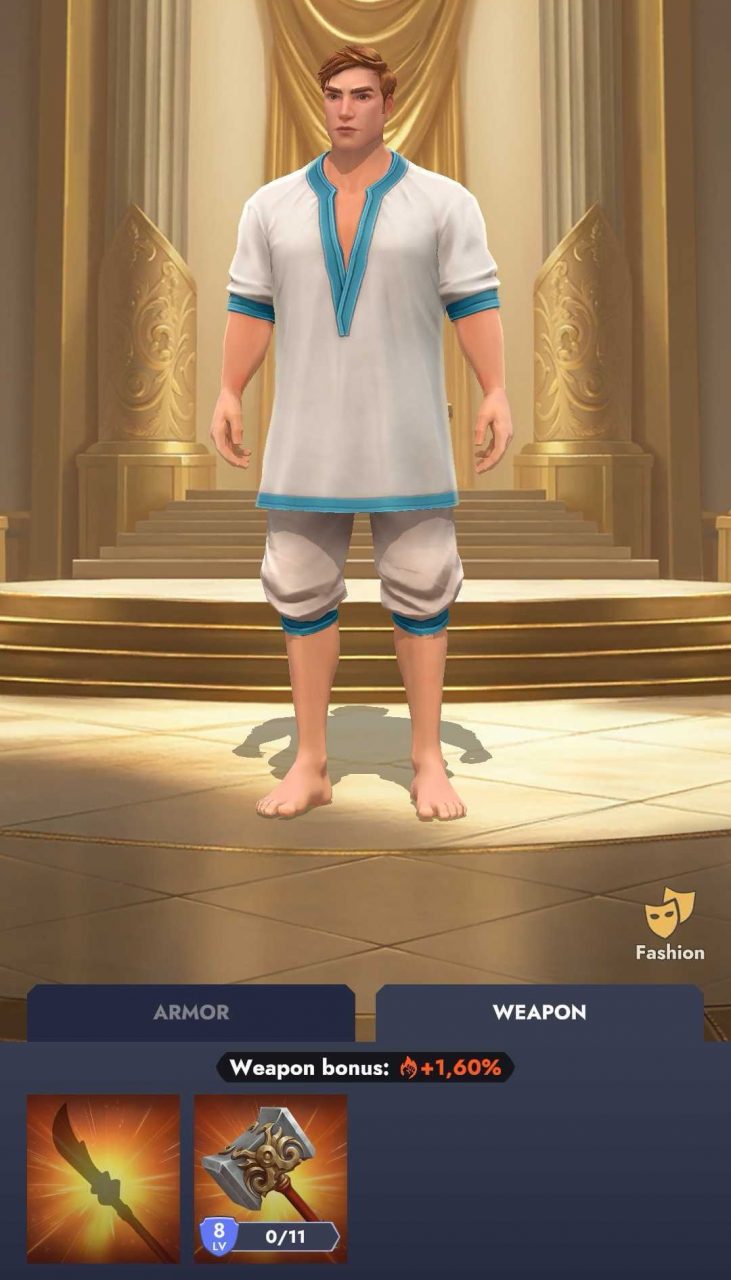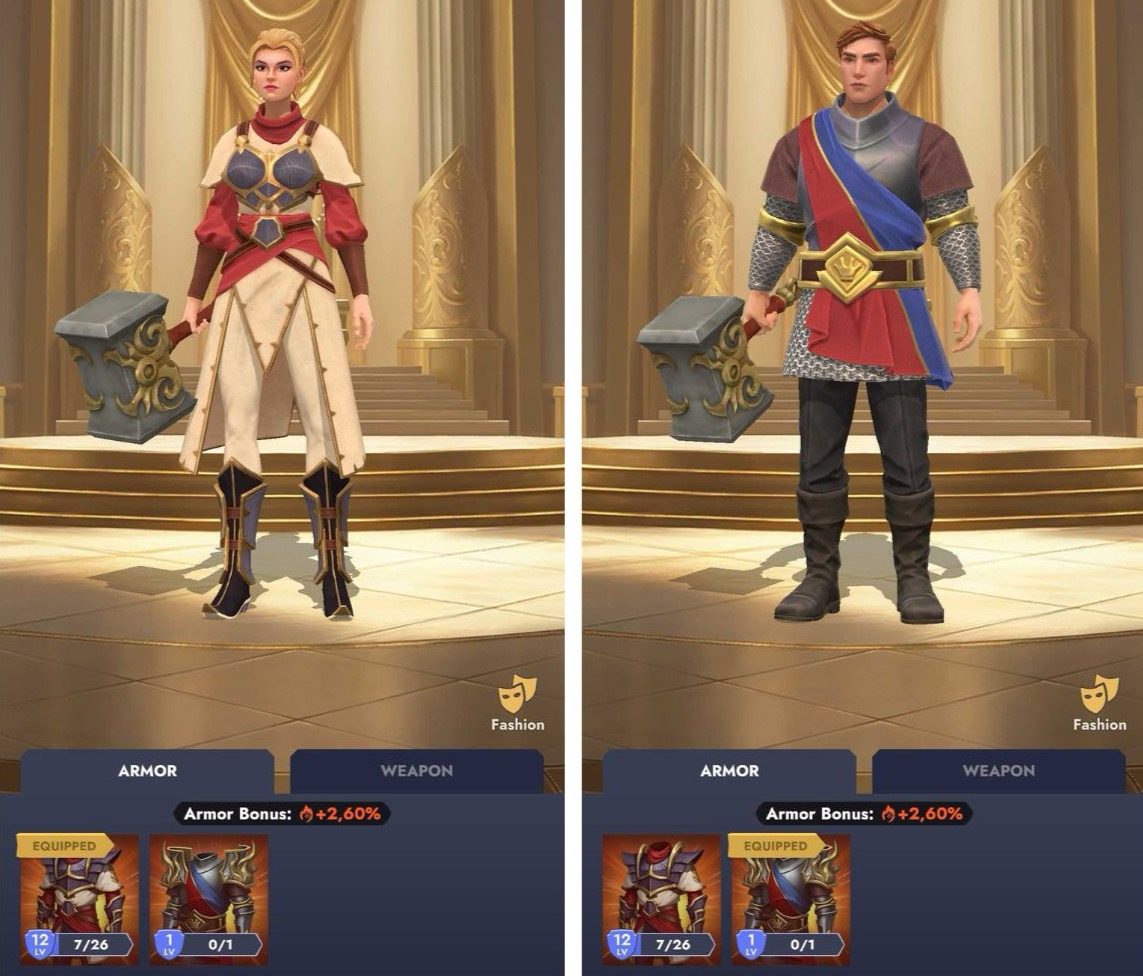A new progression layer in a midcore battler
In early 2025, Kingdom Clash received one of its most successful updates in terms of monetization. The highlight was the introduction of six mythical heroes — a brand-new rarity tier. Combined with a themed Battle Pass and a new event format, this update drove the game’s biggest revenue spike in the past four years. But to make it work, we had to rethink not only the balance, but also introduce features focused on gameplay and community, not just monetization.
The mythical tier was designed to solve several goals at once:
- Inject fresh content into the game
- Test multiple monetization hypotheses
- Serve as the foundation for a new type of event
Back in summer 2024, we started exploring a new roulette-style event that could align well with the battler’s core gameplay loop and significantly boost engagement. But the main concern was: did the game really need a new event format in its current state?
To motivate players to engage with an unfamiliar mechanic, we decided to introduce unique, gameplay-relevant content as the event’s core reward. This led to the debut of six mythical heroes, positioned as the next progression tier after legendaries.
We introduced mythic heroes in two waves. The first drop in January featured the Elevates, a race of angelic warriors from Kingdom Clash lore, all decked in golden armor and wings.

Each of the three had their own specialization: one excels in boss fights, another is a powerful PvP healer. This is a tactic we often use — designing new heroes to be roughly equal in power, but with very specific strengths depending on the mode.
The second wave added their counterparts — the Dreads, a demonic race. They’re on par with other Mythics in terms of stats, but players pick them less often. Once again, good triumphed over evil.

Players could only get Mythic heroes by participating in a new themed event, where the goal was to collect Mythic parts. The event ran in alternating weeks: one week focused on the angels, the next on the demons, with a week-long break in between. Each side had a distinct visual identity, lighter for Elevate, darker for the Dreads.
The mechanic itself was roulette-based, with a guaranteed drop every 100 spins. Players quickly grasped the structure and dove into the event, engaging with this new layer of content right away.
From a balance standpoint, we stuck to one of our core design principles: no single hero, even a Mythic, should dominate across all modes. For example, one Elevate hero might be great against bosses, but still lose to a well-upgraded Legendary in the arena. Or the opposite, they could shine in the arena but underperform in boss fights.
Interestingly, this diversity became a kind of free marketing. On our leaderboard, the icon shows which hero you used in your last fight. After the release of the Elevates, the top 20 leaderboard slots across both iOS and Android were full of angel icons — players were clearly excited, and others noticed.
Of course, every new event benefits from the novelty effect. The first few runs always show great performance, then things stabilize.
But even with that in mind, the numbers were outstanding: after launching the Mythic along with the new event, we saw a 50% boost in ARPDAU. That alone gave our marketing team an excellent reason to scale traffic and bring in new players.
Still, balance and community experience come first. That’s why we prepped a big update alongside the event, one that addressed long-standing player requests, especially around clans and non-monetization content. Once the event cycle ended, we shifted right back to those areas.
The King’s debut and new progression layers
Internally, we refer to the player avatar as “The King and Queen.” This is a customizable unit that grants buffs to your entire army through equipped gear.
At first, we envisioned the King as a full-fledged battlefield unit, a supreme commander of sorts. But we later decided it made more sense to let players project themselves onto this character, customizing their appearance, gear, and nickname to match their preferences. The King’s release alone added 10% to ARPDAU.

Weapons and armor add more personality to the King — and gameplay depth. Some sets provide passive buffs simply by sitting in your inventory, making it worth collecting and upgrading different gear. This boosted ARPDAU by another 15%.
Currently, there are two equipment sets in the game, each tuned to specific content: one performs better in boss battles, the other is more effective in the arena.
We also tied the visual design of these sets to the game’s lore. For example, there’s a sand-themed set that gives bonuses against the spider boss, and a commander’s set that adds value in PvP.
Across all equipment, there are 45 item levels, and every few levels, the visuals get a small upgrade. At level 1, it’s just a base armor piece. Then boots appear, then bracers, and eventually, you’re fully geared out. These upgrades are visible on the leaderboard, so higher-ranked players will visibly stand out. We’re curious to see how that motivates engagement.

To promote this new mechanic, we launched limited-time King events, similar to those for mythic heroes — though shorter in duration. While mythic events run for a full week, King events last three days. In Update 2.8.0, we’re introducing a new mode specifically for farming King equipment.
To prevent new players from feeling overwhelmed by too many options and mechanics at once, we unlock this functionality gradually. Farming items for the King becomes available at level 50, and the event roulette unlocks at level 300. That’s about 12 days of regular play before players are introduced to this new layer of gameplay.
Reworked boss mechanics
Alongside new hero rarities and leveling layers, this update brought a variety of sweet new features, like a rework of boss battles that took us a few months to complete.
Previously, boss fights followed a pretty slow-paced structure. The boss would buff itself every 30 seconds, and fights could go on for a full 300 seconds. It wasn’t very dynamic, especially for players with strong armies. So we rethought the mechanic. Now, instead of timed buffs, bosses level up based on the amount of damage they take. Each level corresponds to a chunk of HP: for example, level 1 might be 1000 HP, level 2 is 2000 HP, and so on. If you enter the fight with a powerful army, the boss will scale up, jumping to level 50 or 60, and hit a lot harder right from the start. This change made boss fights feel much more responsive. Players see clear feedback and actual progression as the boss evolves throughout the battle.
And with the introduction of weapon and armor bonuses, the stakes are even higher. A maxed-out player — someone who’s leveled up all the Legendaries, Mythic Heroes, and items — now gets a 250% stat boost across their entire army. Without the boss rework, that kind of power would’ve made the fights trivial. The army wouldn’t take any damage, and players would just be watching the screen for 5 minutes. Now, fights are shorter, more intense, and much more satisfying.
